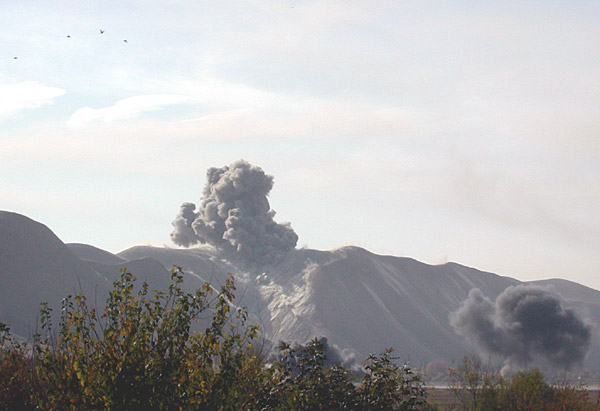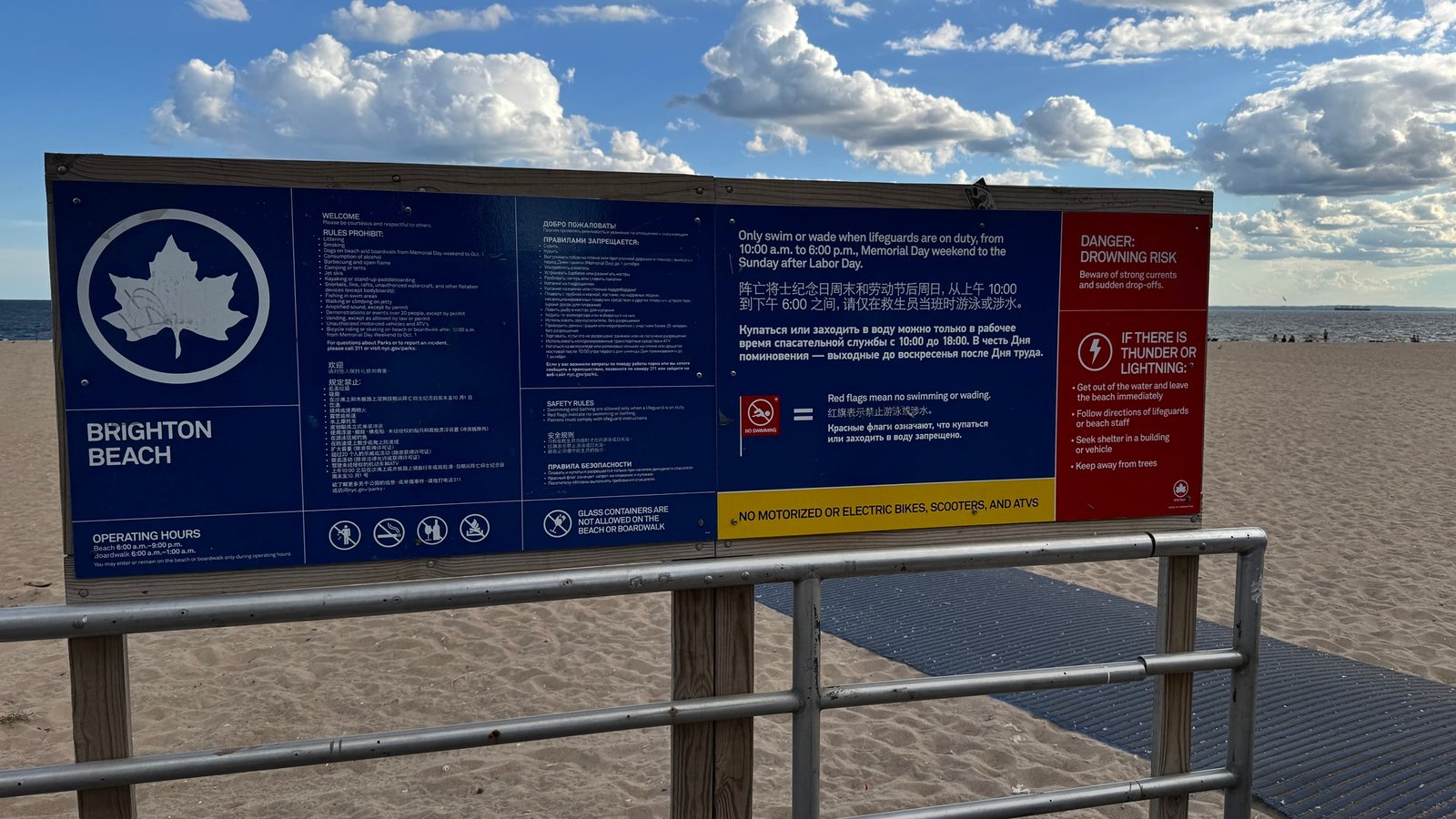The war had been going on in Afghanistan for more than twenty years, largely unnoticed by the outside world, until the U.S.-led coalition said it was going to overthrow the Taliban regime and eliminate the al-Qaida leader, Osama ben Laden (Usama bin Laden).
At the time of writing in December 2002, Osama ben Laden kept the #1 position on thePhoto downloaded from the FBI’s Most Wanted list FBI’s “roll of honor” as the Most Wanted Terrorist, and it remains to be seen whether the al-Qaida network has ceased to exist either in Afghanistan or elsewhere in the world despite all the efforts and money put into the U.S.-inspired anti-terrorist operation. The following message that many Internet users find from time to time in their email inboxes suggests Osama is alive and kicking, at least in the virtual universe (the style and transcription of the original have been kept intact):
 To: All Al Qaeda Fighters
To: All Al Qaeda Fighters
Subject: The Cave
Hi guys. We’ve all been putting in long hours recently but we’ve really come together as a group and I love that! However, while we are fighting a jihad, we can’t forget to take care of the cave, and frankly, I have a few concerns:
First of all, while it’s good to be concerned about cruise missiles, we should be even more concerned about the dust in our cave. We want to avoid excessive dust inhalation, (a health and safety issue) – so we need to sweep the cave daily. I’ve done my bit on the cleaning roster… have you? I’ve posted a sign-up sheet near the cave reception area (next to the halal toaster).
Second, it’s not often I make a video address but when I do, I’m trying to scare the sh*t out of most of the world’s population, okay? That means that while we’re taping, please do not ride your scooter in the background or keep doing the ‘Wassup’ thing. Thanks.
Third: Food. I bought a box of Kraft Cheddar Slices recently, clearly wrote “Ossy” on the front, and put it on the top shelf. Today, two of my slices were gone. Consideration. That’s all I’m saying. Fourth: I’m not against team spirit and all that, but we must distance ourselves from the Infidel’s bat and ball games.
Please do not chant
“Ossy Ossy Ossy, Oy Oy Oy” when I ride past on the donkey. Thanks.
Five: Graffiti. To whoever wrote “OSAMA F*CKS DONKEYS” on the group toilet wall, it’s a lie. The donkey backed into me, whilst I was relieving myself at the edge of the mountain.
Six: The use of chickens is strictly for food. Assam, the old excuse that the ‘chicken backed into me, whilst I was relieving myself at the edge of the mountain’ will not be accepted in future. (With donkeys, there is a grey area.)
Finally, we’ve heard that there may be Western soldiers in disguise trying to infiltrate our ranks. I want to set up patrols to look for them. First patrol will be Omar, Muhammad, Abdul, Akbar and Dave.
Love you lots, Group Hug. Os.
PS – I’m sick of having “Osama’s Bed Linen” scribbled on my laundry bag.
Cut it out, it’s not funny anymore…
In the autumn of 2001, the Afghan war suddenly became the front-page story throughout the world, probably exceeding in significance the 1979 Soviet invasion the start of which I recall with great vividness. On the night of December 24, 1979, I was on duty at the English-language service of TASS, the Soviet news agency, anticipating a quiet and uneventful shift, usual for the Christmas and New Year season. Then, all of a sudden, there came a report saying the Soviet army had been asked to extend “internationalist assistance” to the Afghan people in the face of the threat of foreign aggression and that Karmal Babrak (!) became the country’s new leader.
The following dispatch brought a correction, saying the leader’s name was Babrak Karmal, which made me laugh: they – the Soviet Communist party’s Politburo – didn’t even know whom they were placing in power. Amin, who ruled since September 14, 1979 when his supporters killed his predecessor Taraki, was strangled a few days later in a raid on the presidential palace December 27, 1979, carried out by the Alfa Group of the Soviet special forces. One of the group commanders, Sergei Goncharov, is now a deputy of the Moscow City Duma, or legislature. The Soviets replaced Karmal with Najibullah in 1986. Karmal died in Moscow in 1996 of liver disease, while Najibullah was executed the same year by the Taliban who hanged him from a goalpost in Kabul’s main soccer stadium.
The war that we were working hard to cover seemed very strange to a civilian person and foreigner. “Positional” is probably the proper term to describe the kind of warfare that journalists witnessed at the time. Taliban and Northern Alliance fighters, separated by several kilometers or just a few meters in some places, faced each other for weeks without undertaking any action.
Then, all of a sudden, Taliban soldiers would retreat or change sides, and the front line would move. The same was true with regards to the Northern Alliance army. Both sides in the conflict apparently had limited resources in hardware and ammunition, so they sparingly used what was available, which meant artillery exchanges were not too intensive.
There was little if any ground fighting. Some journalists claimed the main reason for this restraint was to preserve manpower resources, which apparently applied both to one’s own men and those of the adversary. This was a civil war, after all, and all too often family members fought each other for years. This view was also supported by the fact that in Jabal os-Saraj, for instance, there was little destruction other than that inflicted by the Soviet army in the 1980s. The explanation was that both sides spared not merely each other’s men, but also each other’s property. I don’t know if that is true, but the explanation did sound logical.
The Northern Alliance was armed mostly with Russian-made weaponry, from vintage AK-47s and RPG bazookas to numerous modifications of the famed Kalashnikov assault rifle, and multiple rocket-launchers, like the BM-1 in the picture below. Commander Ataul-Haq is seen talking over a radio with his unit based near Kabul on October 7, 2001 about coordinating its future actions with the forthcoming American air strikes.
The war stopped being “strange” when American planes starting bombing Taliban-held targets and positions in an operation code-named Enduring Freedom. The following is a map distributed by the U.S. Department of Defense, showing the situation at the start of the operation on October 7, 2001.
During the siege of the city of Kunduz in Kunduz (Qonduz) Province in November 2001
Dozens of journalists came to the front line near the town of Bangi every day to film and describe bombing raids against Kunduz and neighboring settlements, especially Khanabad, held by the Taliban. B-52 bombers left impressive white trails in the blue sky as they flew high above our heads to drop bombs just a few hundred meters from where journalists and off-duty mujahedeen were watching the explosions. Having heard about the “accuracy” of some air strikes, journalists feared, of course, that bombs or missiles might fall on their heads one day, and no flak jackets would be of any help. But their bosses in New York, London, Paris, Moscow, and elsewhere wanted television and still pictures from the front line, and Kunduz was the biggest war topic in those days. So we had to be there.
During bombing raids, Taliban fighters went into hiding in the city and did not fire mortars or other long-range weapons at the Northern Alliance positions which also gave shelter to numerous journalists.
But since nobody knew if American air raids would take place any given day,
Journalists had to come to the front line every day. One day in late November, as we were waiting for air strikes to begin, the Taliban fired mortars. Shells flew by with their characteristic buzzing sound, sending creepers over the spines of those of us who knew what it was. Most journalists didn’t know, and mujahedeen didn’t care. The mortar shells caused no casualties on that particular day, but a farmer’s house half a kilometer behind our backs was hit and destroyed. Another day, emboldened by the fact the Americans did not send their planes to bomb Kunduz, Taliban fired machine guns at where journalists usually enjoyed the air show, sending a CNN filming crew running across the minefield to hide behind a hill, an illusory shelter by any account. American bomb explosions looked impressive: dark palls of smoke slowly rose from the ground, gradually turning into regular clouds. Mujahedeen cheered every blast which they thought hit the target. We were less enthusiastic: people were likely burnt alive in every bomb explosion, and not all of them were enemy soldiers.
Encouraged by the success of American bombings, the Northern Alliance army sent tanks and ground troops to Kunduz, whose defenders surrendered without much fight.
Hundreds of Taliban fighters left Kunduz and rode to Taloqan, the then regional headquarters of the Northern Alliance army. All the Taliban cars and trucks looked dirty: they had been covered with mud which made them invisible to American planes during air raids. The Taliban fighters were promised immunity, but most of them ended up in jails, including the notorious Qala-i-Jangi fortress near Mazar-e-Sharif, controlled by Uzbek warlord Rashid Dostum.
It was at that mud-walled fortress that Taliban prisoners of war revolted in November 2001 and killed a CIA man, who became the first American casualty in the Afghanistan campaign. A Dostum bodyguard, who once served in the Soviet special forces in Uzbekistan, told me in Mazar-e-Sharif that Johnny “Mike” Spann, 32, was attacked during an interrogation of suspected al-Qaida fighters who gnawed at his throat until he died.
Americans and their Afghan allies used heavy artillery and bombs to put down the Qala-i-Jangi revolt, causing heavy casualties among the prisoners and setting off thousands of pieces of ammunition kept at the fortress. The British Halo Trust sent its demining specialists to collect unexploded ordnances scattered all over the sprawling fortress compound. Grenades, shells, and other projectiles were taken away and exploded in the field. Ordnances that were too dangerous to handle and transport were marked with red flags and blown up inside the fortress, a process we observed with much interest from behind a mud wall. There were many red flags all over the compound. More areas waited to be checked. We probably shouldn’t have gone there for the story.
Northern Alliance fighter Kais Mirabdullah listens to foreign radio broadcasts for the latest news about the war against the Taliban. Bagram, October 2001.
That’s me.

















